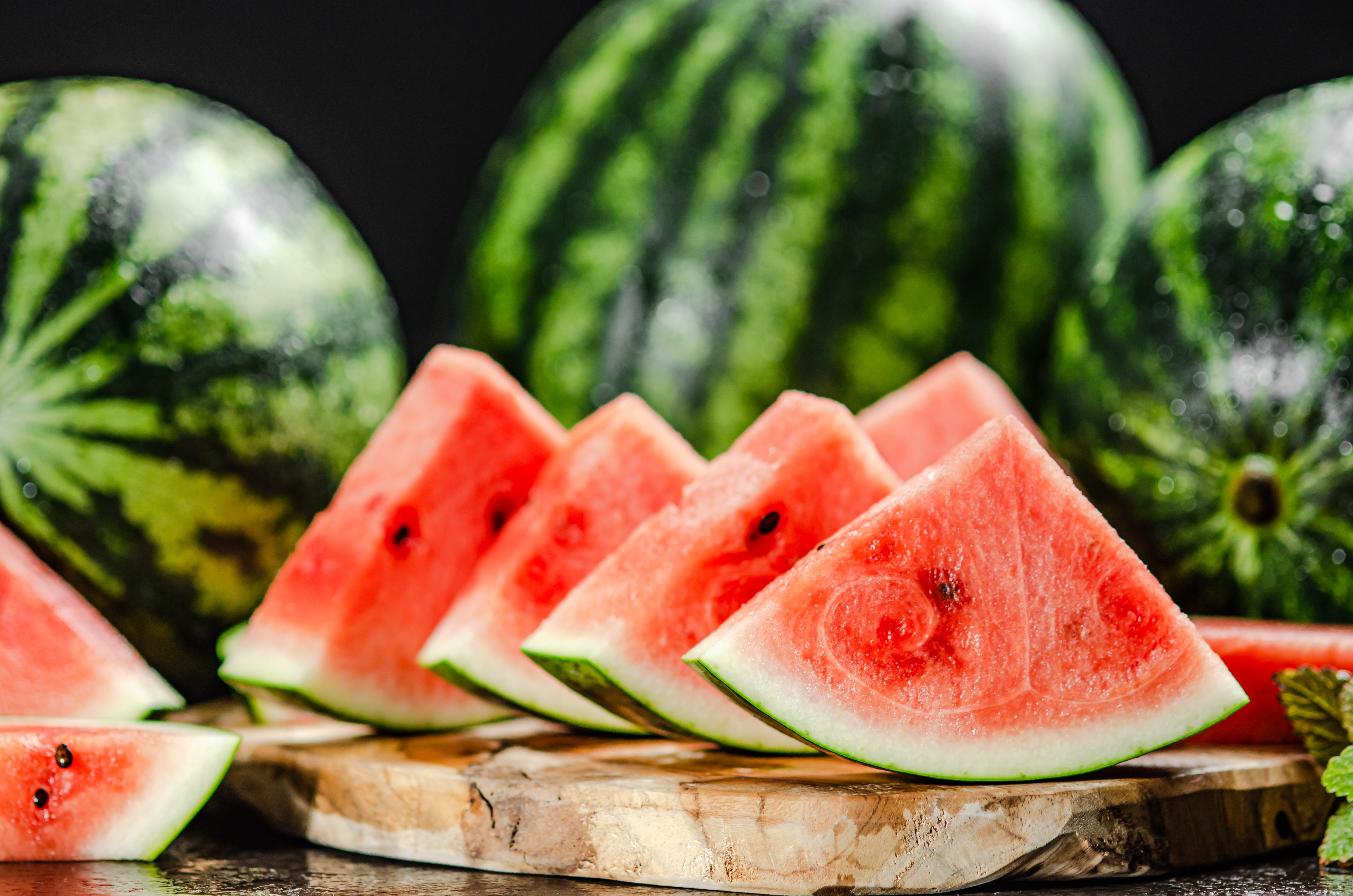Simple Daily Habits to Naturally Lower Your Blood Pressure
High blood pressure: it’s often called the "silent killer" for a chilling reason. It frequently shows no symptoms while steadily increasing your risk for life-altering health crises like heart disease, stroke, and even kidney failure. Feeling powerless against those numbers? Don't be. While medication is essential for many, the power to support healthy blood pressure levels also lies firmly within your daily routine – and it doesn't require an overwhelming life overhaul. Consistent, simple habits can make a profound difference, helping you feel more energetic and secure in your health. We were so encouraged by the wealth of actionable strategies that we've expanded our list! Ready to take the reins? We've compiled 22 practical, science-backed daily habits – covering smart food choices, mindful movement, stress management techniques, and more – designed to help you naturally maintain healthy blood pressure and cultivate lasting vitality.
1. The Power of Hydration

Water is the essence of life, and staying adequately hydrated is crucial for maintaining balanced blood pressure. When the body is well-hydrated, the heart can pump blood more efficiently, reducing the strain on blood vessels. Dehydration, on the other hand, can lead to an increase in blood viscosity, making it harder for the heart to circulate blood, which can elevate blood pressure. To harness the power of hydration, aim to drink at least eight glasses of water a day. This not only helps in maintaining blood pressure but also supports overall bodily functions, including digestion and temperature regulation. Incorporating water-rich foods like cucumbers, watermelon, and oranges into your diet can also contribute to your daily hydration needs. Additionally, starting your day with a glass of water and keeping a water bottle handy can serve as gentle reminders to stay hydrated throughout the day. Remember, the quality of water matters too. Opt for filtered water to avoid contaminants that could potentially affect your health. By prioritizing hydration, you're not only supporting your cardiovascular system but also fostering a habit that enhances your entire well-being.
2. Mindful Eating: A Nutritional Symphony

Mindful eating is more than just a dietary choice; it's a holistic approach to consuming food that can significantly impact your blood pressure. By paying attention to what you eat and savoring each bite, you can make healthier food choices that naturally support blood pressure balance. Start by incorporating foods rich in potassium, magnesium, and calcium, such as leafy greens, nuts, seeds, and fish, which are known to help lower blood pressure. These nutrients work synergistically to relax blood vessels, improve blood flow, and reduce the risk of hypertension. Practicing portion control is another aspect of mindful eating that can prevent overeating and weight gain, both of which are risk factors for high blood pressure. By eating slowly and without distractions, you can better tune into your body's hunger and fullness cues. This practice not only aids in digestion but also allows you to enjoy your meals more fully. Furthermore, reducing sodium intake is essential, as excess salt can lead to water retention and increased blood pressure. Opt for herbs and spices to flavor your meals instead of salt. Embrace the art of mindful eating, and you'll find that it not only supports balanced blood pressure but also enhances your overall relationship with food.
